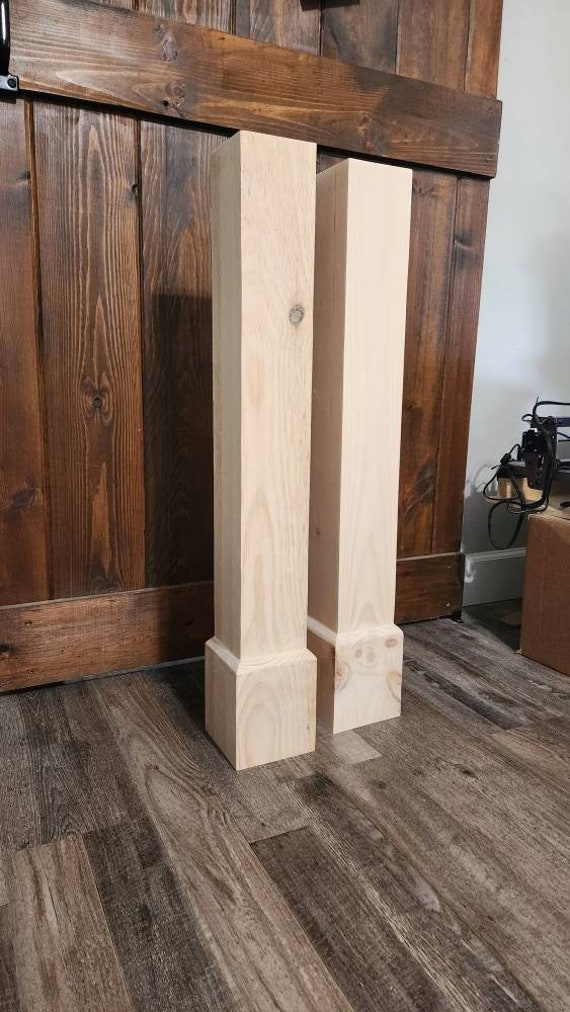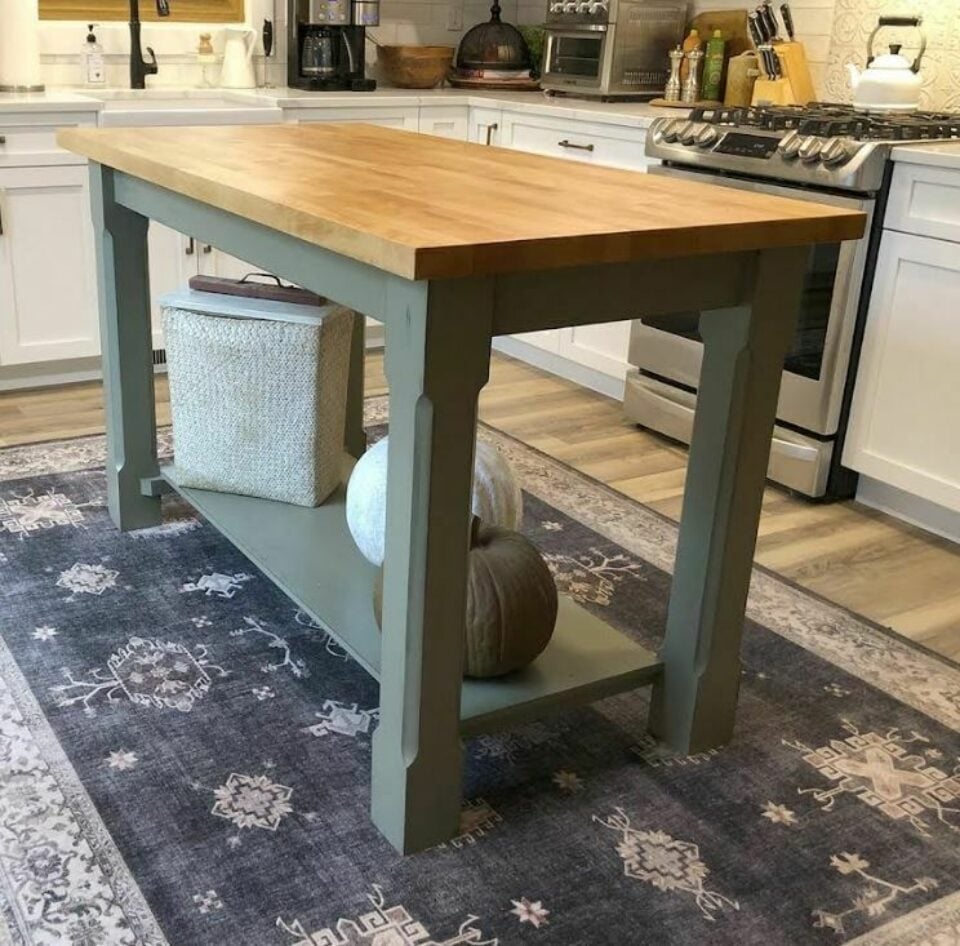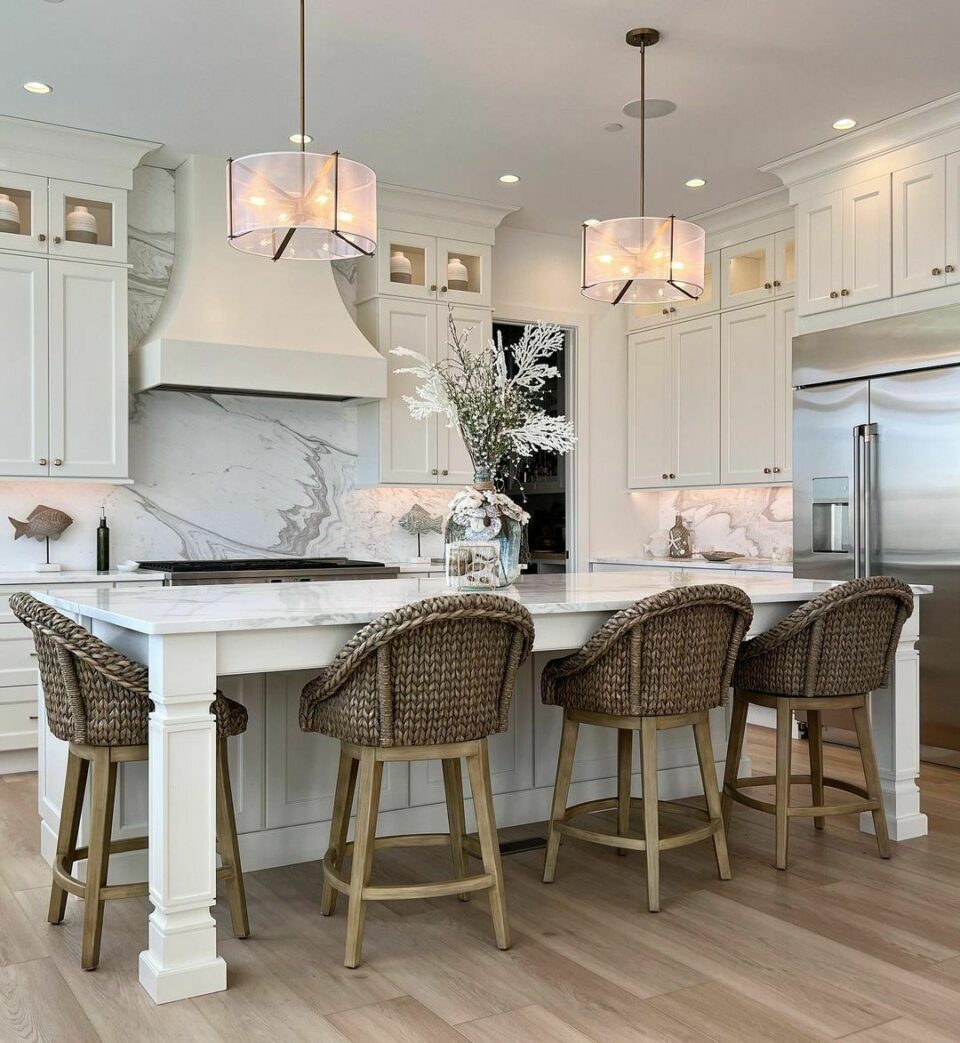Exactly how to Include a Kitchen Island Leg into Your Kitchen Remodel
Exactly how to Include a Kitchen Island Leg into Your Kitchen Remodel
Blog Article
Leading Considerations When Selecting a Kitchen Area Island Leg for Modern Kitchen Insides
In the world of contemporary cooking area interiors, the selection of a kitchen island leg is pivotal, affecting both aesthetics and performance. As these elements intertwine, they raise even more concerns regarding how to achieve the perfect balance in between design and practicality, leaving one to consider the ramifications of each decision on the total kitchen experience.
Material Choices
When it pertains to selecting a kitchen island leg, product choices play a crucial role in both looks and functionality. kitchen island leg. One of the most typical materials include timber, metal, and composite options, each offering possible drawbacks and unique benefits
Timber is preferred for its heat and timeless appeal, offering a classic look that matches numerous kitchen styles. It is extremely flexible, permitting customization in regards to finishes and colors. Wood may require even more maintenance to stop warping or damage from dampness.
Metal, on the other hand, brings a contemporary and commercial flair to kitchen islands. Stainless-steel and wrought iron are popular choices, understood for their resilience and resistance to wear. They can hold up against the roughness of day-to-day use but may do not have the warmth linked with wood.
Composite products, such as engineered wood or synthetic blends, offer a balance in between price, resilience, and visual appeals. These options are often developed to simulate the look of natural products while offering resistance to spills and scratches.
Inevitably, the choice of material ought to straighten with the overall cooking area design and meant usage, ensuring that the cooking area island leg is both practical and visually appealing.
Style and Layout
The style and style of a cooking area island leg dramatically contribute to the total visual of the area, complementing the picked product. When selecting the leg style, think about the architectural style of the kitchen area. Streamlined, minimalist legs made of stainless steel or acrylic harmonize with modern designs, while ornate, turned wood legs improve typical or farmhouse looks.
Furthermore, the surface of the leg can influence the visual effect; a refined chrome or matte black surface may stimulate contemporary beauty, while distressed timber talks to rustic beauty. The leg's shape likewise plays a vital function-- straight, angular types communicate a more industrial feeling, whereas rounded or tapered legs present a softer, a lot more inviting appearance.
Incorporating decorative components, such as decorations or makings, can add individuality and personality to the kitchen island, more enhancing its role as a centerpiece. Eventually, the selected leg style ought to not just align with the overall kitchen area layout yet additionally mirror the home owner's individual taste, ensuring that the cooking area island ends up being a unified and functional centerpiece within the modern kitchen area inside.
Height and Proportions
Achieving the right elevation and proportions for a kitchen island leg is critical for both capability and looks. Kitchen area islands normally vary in elevation from 28 to 36 inches, relying on their meant usage-- whether as a food preparation surface, dining location, or office. Standard counter top height is approximately 36 inches, making it essential that the legs you select complement this elevation to supply a smooth, incorporated look.
Proportions also play an important function in the visual equilibrium of the kitchen. The size and weight of the leg need to be in consistency with the total layout of the island - kitchen island leg. A slim leg might be proper for a modern or minimalistic island, while a more significant leg might be required for rustic or typical designs. Additionally, think about the spacing in between the legs; appropriate distance makes certain convenience and simplicity of movement around the island.
When picking the elevation and percentages of the cooking area island leg, bear in mind the total layout theme of your cooking area. This interest to detail not just boosts the performance of the area however likewise contributes to a natural and visually appealing interior decoration.
Security and Assistance
Continually making sure stability and assistance in cooking area island legs is vital for both safety and performance. A sound kitchen island should endure daily usage, including weight from appliances, cooking, and celebrations. The selection of legs ought to prioritize durable products and designs that can offer adequate assistance.
When examining security, take into consideration the leg's product-- wood, steel, or aluminum typically offer remarkable toughness compared to lighter alternatives. In addition, the layout needs to include a wide base to disperse weight equally and reduce the risk of wobbling or tipping. Legs developed with an A-frame or cross-bracing can significantly improve security.

Including these factors to consider will certainly not only improve the overall safety and security of the cooking area room but also boost the longevity and functionality of the kitchen island, making it a valuable focal point in contemporary cooking area insides.
Ending Up Touches
When it involves completing a kitchen area island, thoughtful ending up touches can considerably improve both its visual appeal and functionality. Choosing the best leg style is critical, but matching it with ideal details can transform the whole room. Consider including ornamental components such as toe kicks or baseboards that match the cabinets or floor covering to create a smooth appearance.

A cohesive color combination and product selection will certainly boost the kitchen area island, making it an exciting focal factor. By paying focus to these finishing touches, house owners can produce a kitchen area island that is both useful and gorgeous, catering to their lifestyle and style preferences.
Conclusion

In the realm of modern kitchen area insides, the choice of a cooking area island leg is critical, affecting both appearances and functionality.The style and style of a kitchen island leg substantially contribute to the total aesthetic of the space, matching the chosen material.Achieving the right elevation and proportions for a kitchen island leg is critical for both functionality and visual appeals.Constantly guaranteeing stability and support Website in kitchen area island legs is my sources vital for both safety and security and capability.In recap, selecting a cooking area island leg for modern interiors needs cautious factor to consider of material choices, layout style, height, proportions, and security.
Report this page